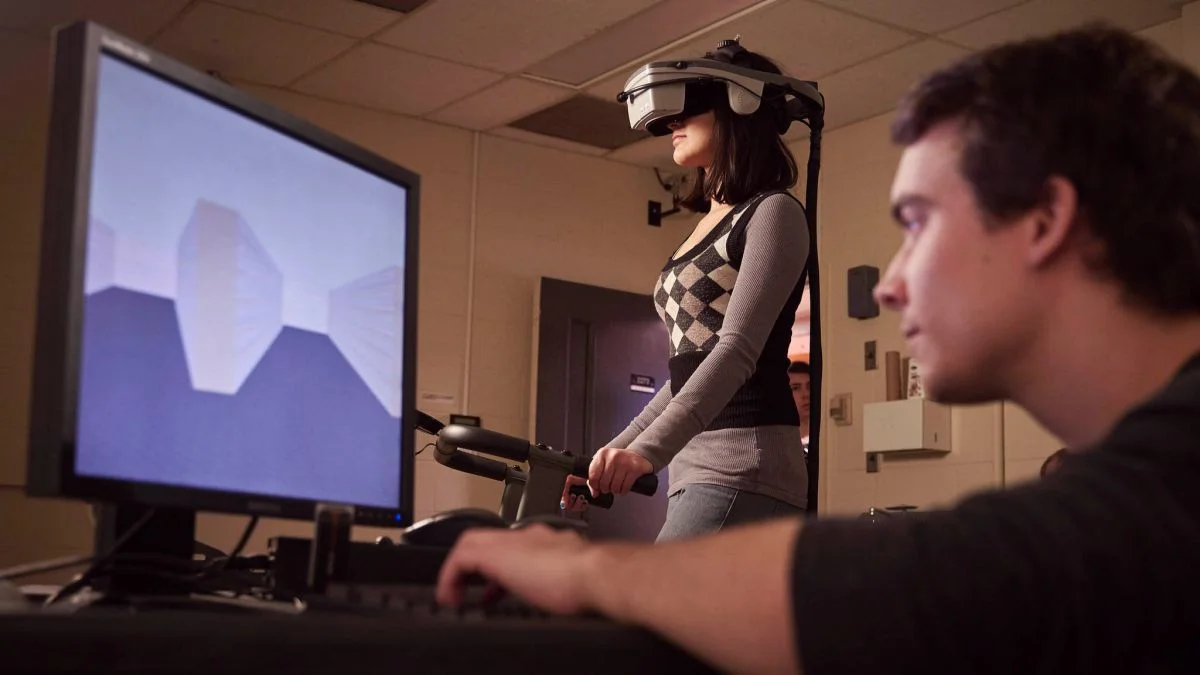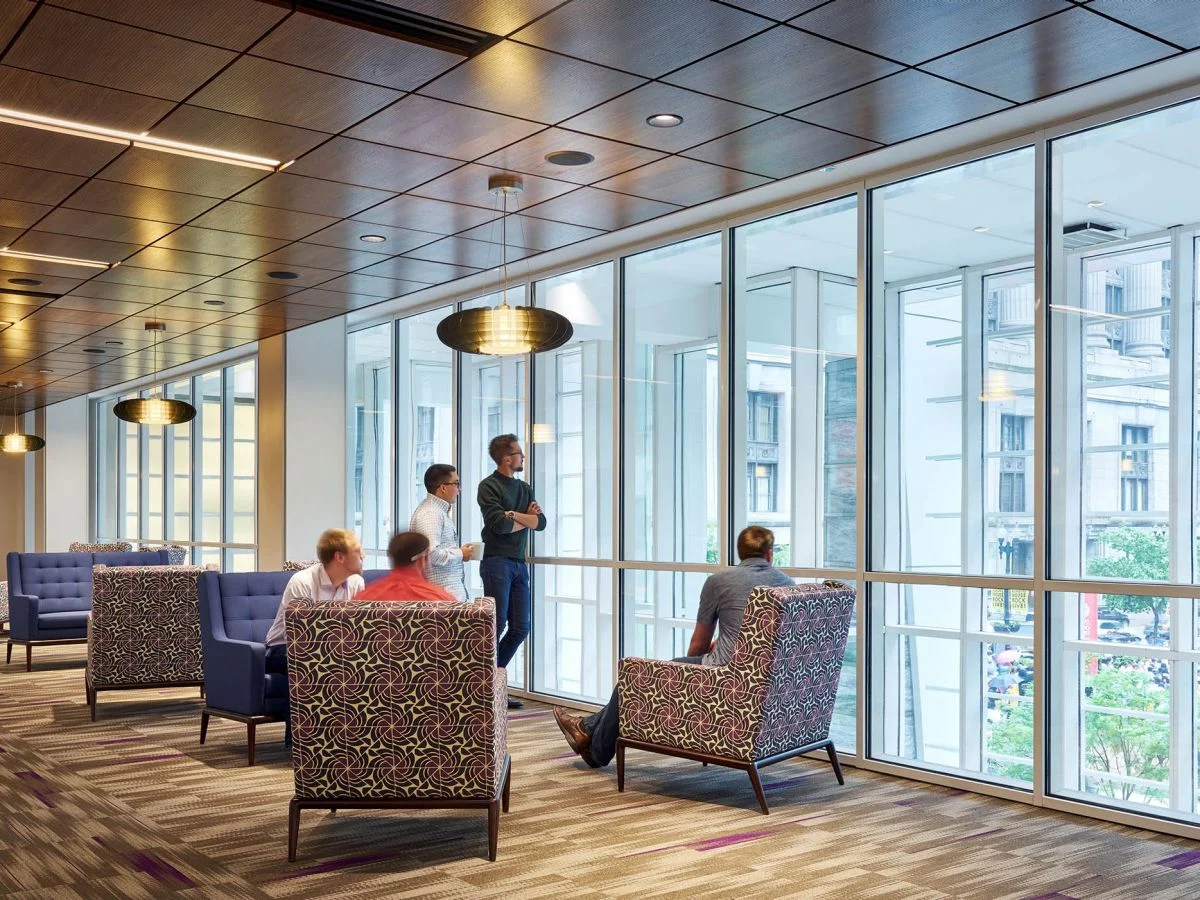From Singapore to San Francisco, big businesses are setting up in coworking spaces to mingle with nimble start-ups and early-stage entrepreneurs.
Professional services firm KPMG is one such corporation, with a number of desks leased at the Manhattan branch of WeWork, a rapidly evolving coworking giant in more than 30 cities across the globe. WeWork’s corporate clients include Merck, Dell, McKinsey & Co. and Salesforce.com, who lease desks for their employees so they can work alongside – and learn from – freelancers and small businesses.
“For corporations, coworking can offer a competitive edge, allowing them to tap into new products and ideas that wouldn’t have been possible inside their own offices,” says Karen Williamson, Director of EMEA Research, JLL.

























